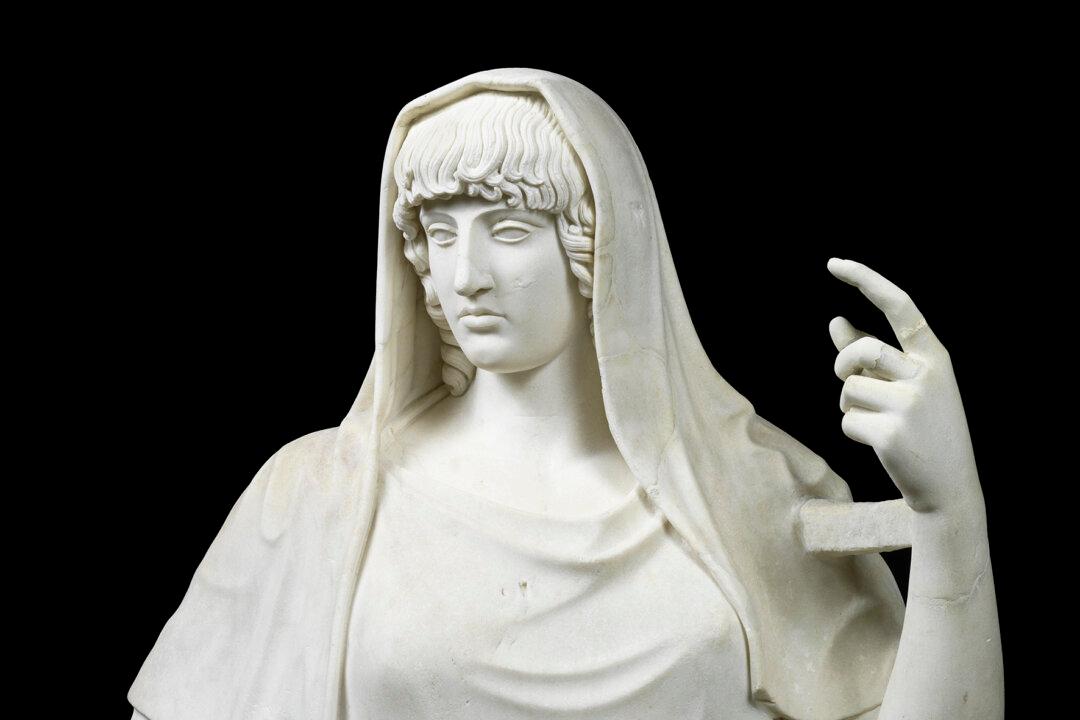On Oct. 14, a selection of over 90 ancient marble sculptures from one of the world’s most prestigious private collections, The Torlonia Collection, will be on display in an exhibition titled “The Torlonia Marbles: Collecting Masterpieces” at Rome’s Capitolini Museums at Villa Caffarelli.
Comprising several important collections, the exhibited marbles are a small portion of the over 600 in the Torlonia Collection, known wholly as the collection of collections, according to the press release.






